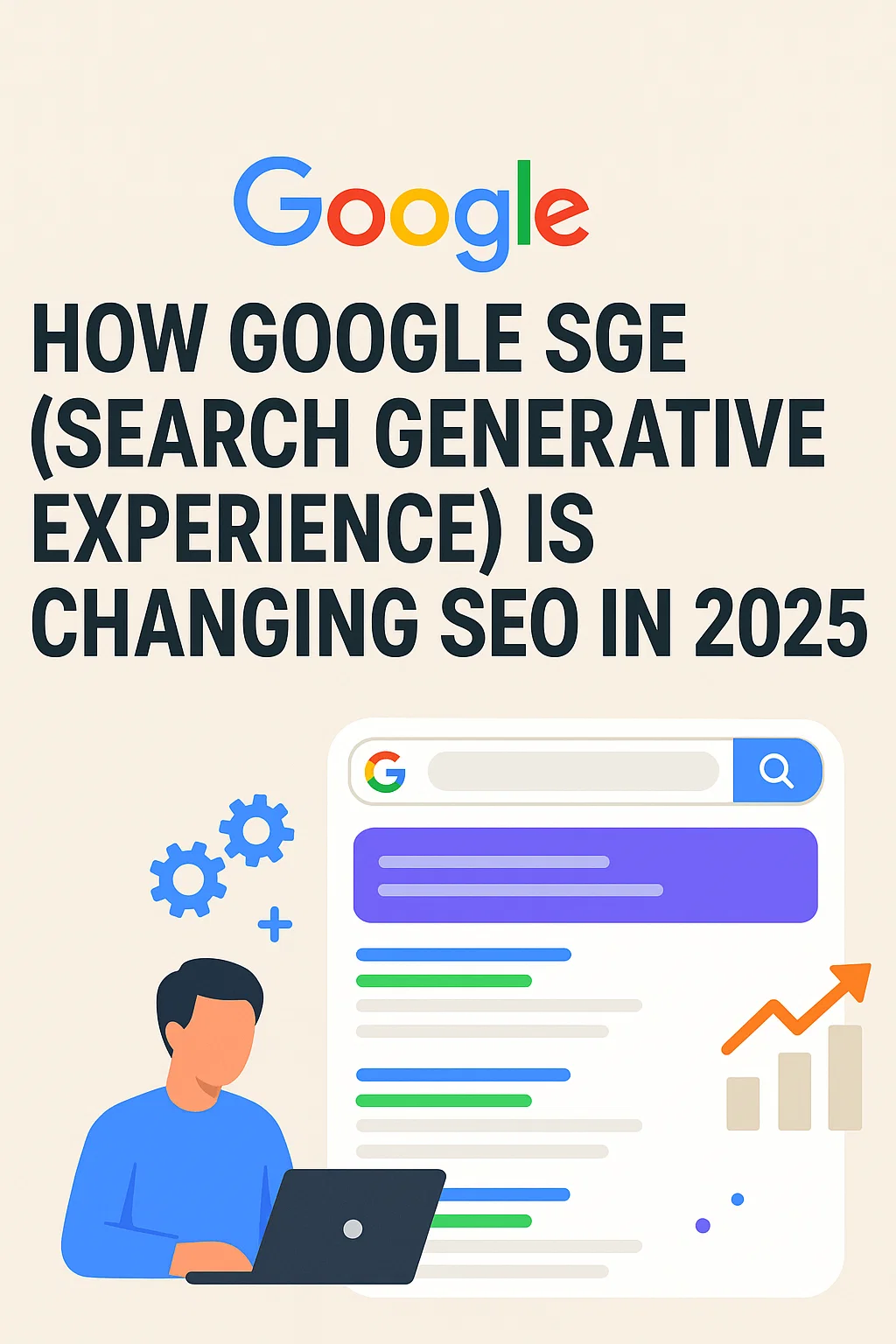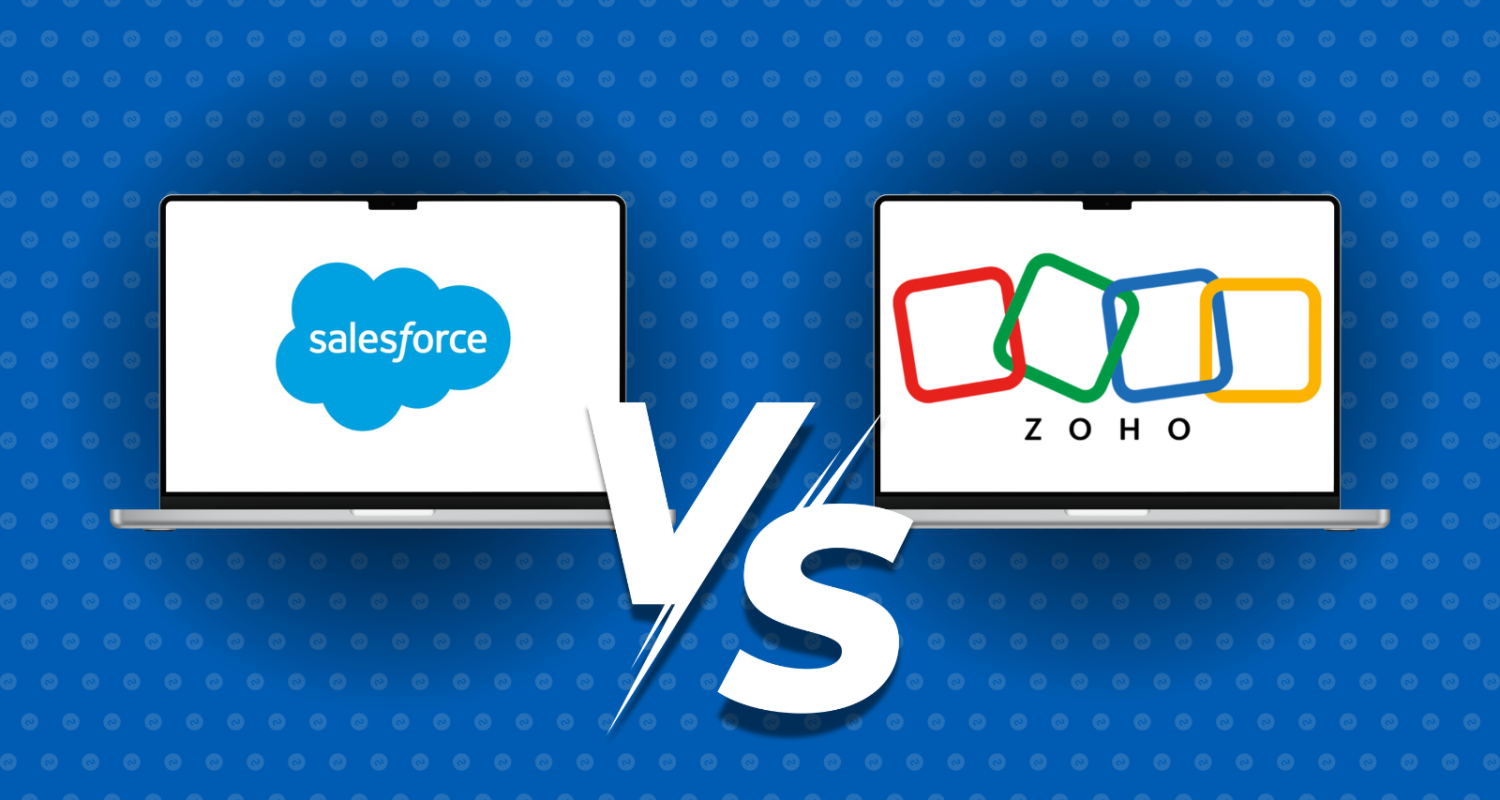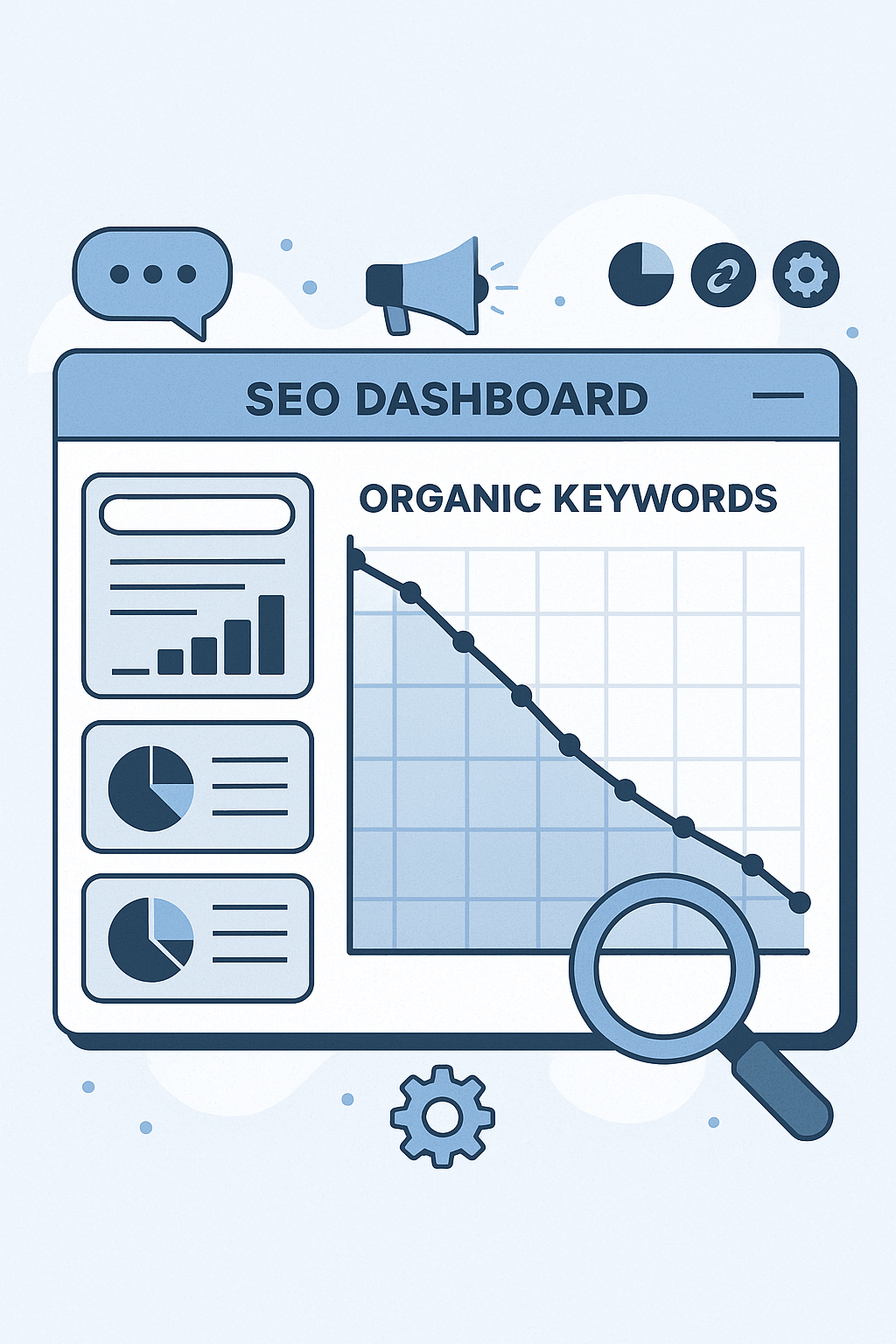Introduction
In 2025, one of the biggest shakeups in the SEO world is the full integration of Google’s Search Generative Experience (SGE). This AI-powered feature is transforming how users interact with search results — and how websites must adapt to stay visible.
Gone are the days when ranking #1 meant you automatically got all the clicks. Now, Google’s AI-generated answers often appear before traditional organic listings, meaning zero-click searches are skyrocketing.
But what exactly is SGE, and how is it changing the SEO game in 2025? More importantly, how can you optimize your content to benefit rather than suffer from these changes?
Let’s break it down.
What is Google’s Search Generative Experience (SGE)?
Google SGE is an AI-powered search enhancement introduced in 2023 and rolled out globally in 2024–2025. It uses Generative AI (like Bard/Gemini) to answer search queries in a conversational, summarized way — often without the user clicking any results.
For example:
🟡 Instead of showing 10 blue links for the query “best smartphones under ₹30,000,” Google now shows:
-
A summarized product comparison
-
Pros and cons
-
Buying advice
-
All generated by AI, right at the top of the search page
This AI snapshot is called the SGE Panel, and it’s now taking over precious SERP real estate.
Key Changes SGE Brings to SEO in 2025
1. 📉 Drop in Traditional Organic CTR
Websites ranking #1-3 are no longer guaranteed clicks. Users often get the answers directly from the AI snapshot.
What this means:
You can rank on page 1, but your CTR may drop by 30–50% if you’re not featured in the SGE box.
2. 📌 Emphasis on Context, Not Just Keywords
SGE pulls contextually relevant answers from across the web. If your content only targets keywords without depth, you’ll be skipped over.
3. 🔗 Source Attribution Still Matters
While SGE provides answers, it also cites sources with links. This opens new opportunities to become a cited source — even if you’re not #1 in organic listings.
4. 🤖 AI-First Content Strategy is Crucial
Google’s AI scans your content not just for relevance, but for structure, clarity, trust signals, and helpfulness — as measured by its AI models.
How to Optimize for SGE in 2025 (Step-by-Step)
Step 1: Create Helpful, Structured Content
SGE loves content that’s clean, well-structured, and information-rich. Use:
-
H1, H2, H3 hierarchy
-
Bullet points, numbered lists
-
Clear intros and conclusions
-
FAQ sections
-
Tables and comparisons
🧠 Tip: Use schema markup (FAQ, How-To, Product) to enhance crawlability.
Step 2: Add E-E-A-T Everywhere
SGE prioritizes sources that demonstrate Experience, Expertise, Authoritativeness, and Trust.
-
Show author bios with credentials
-
Link to high-authority references
-
Add testimonials, case studies, or first-hand insights
Google now measures “trust” by consistency across the web — your brand mentions, reviews, and social signals count too.
Step 3: Answer Questions Before They’re Asked
SGE is all about helping users immediately. So structure your content to answer:
-
What is [X]?
-
How does [X] work?
-
Is [X] worth it?
-
Pros and cons of [X]
-
Alternatives to [X]
📌 Use People Also Ask (PAA) and tools like AlsoAsked.com to gather real questions.
Step 4: Create Multi-Format Content (Text + Visual + Video)
SGE integrates various formats:
-
Text
-
Images
-
Videos
-
Charts
🧠 Pro Tip: Embed YouTube Shorts or Reels in your content, optimize image alt text, and include branded graphics to increase your chance of being featured.
Step 5: Target “SGE-Friendly” Queries
Certain query types trigger SGE more often:
-
Product comparisons (best, top, vs)
-
How-to and guides
-
Health, tech, finance, travel, education
-
Local searches
Focus on searches with informational and transactional intent, and create deep, helpful answers.
Step 6: Focus on Semantic SEO
Forget keyword stuffing. Instead:
-
Use related terms and NLP-friendly phrases
-
Build topic clusters around key themes
-
Add internal links to your pillar pages
💡 Example: Instead of repeating “best disposable vape,” use variations like:
-
Top-rated disposable vapes
-
Long-lasting vapes
-
Beginner-friendly vape pens
Bonus Strategy: Monitor SGE Appearance
Track when and how your keywords trigger SGE results using tools like:
-
Surfer SEO
-
RankRanger
-
Ahrefs SERP Features
-
Manual checks in Incognito mode
Adjust your content accordingly based on whether your competitors are cited or not.
Examples of Brands Winning with SGE
1. Healthline
✔ Clear structure
✔ Expert-reviewed content
✔ Author bios
✔ Answers common questions in H2s
2. Investopedia
✔ Definitions and explanations
✔ Comparison charts
✔ Structured FAQs
✔ Consistent formatting
3. Neil Patel’s Blog
✔ Uses schema
✔ Strong internal linking
✔ Infographics + text combo
✔ Updated content regularly
What You Should Avoid in 2025
❌ AI-generated spam content (Google can detect it)
❌ Thin content with no unique insight
❌ No author info or external sources
❌ Bad formatting (walls of text)
Google SGE rewards real, useful, and verifiable content — even if it’s not fancy.
Final Thoughts: Evolve or Be Left Behind
SGE isn’t a threat — it’s a filter. It’s removing low-quality content from the spotlight and elevating content that’s truly helpful.
As an SEO expert, this is your opportunity to:
-
Create authority-driven content
-
Answer real user questions
-
Make your site SGE-friendly
If you get cited in the AI snapshot, you win SERP dominance, traffic, and trust — even if you’re not ranking #1.
TL;DR
-
SGE is reshaping how users consume search results in 2025
-
Traditional rankings matter less if you’re not included in the AI summary
-
Optimize with structured content, E-E-A-T, semantic SEO, and user-first answers
-
Think beyond blue links — aim for visibility inside the SGE box











